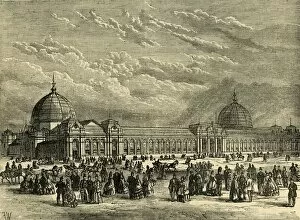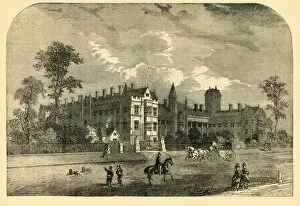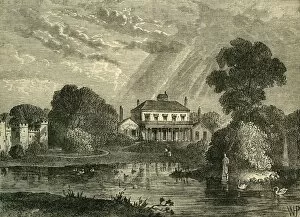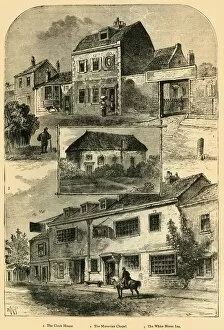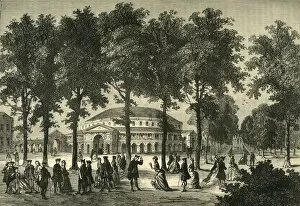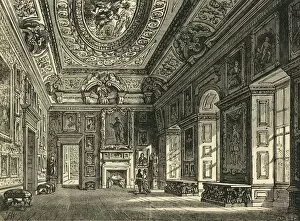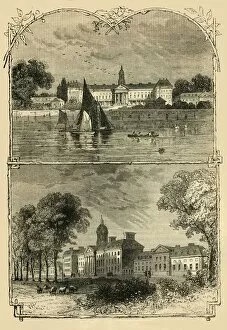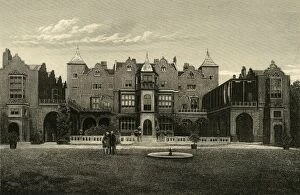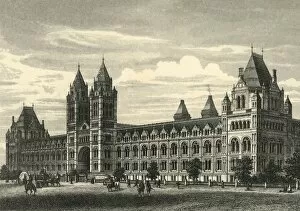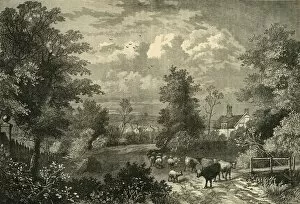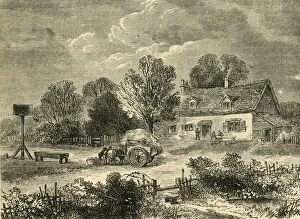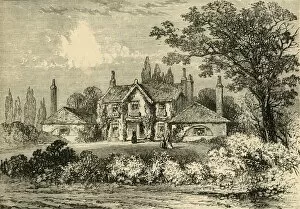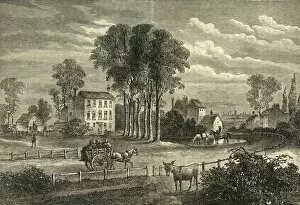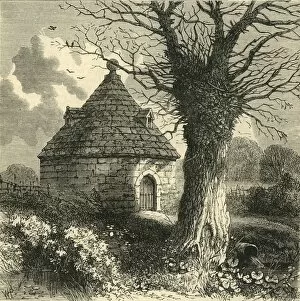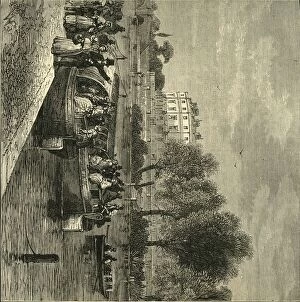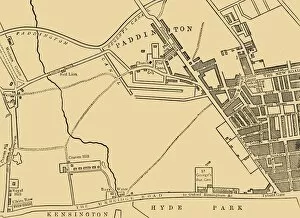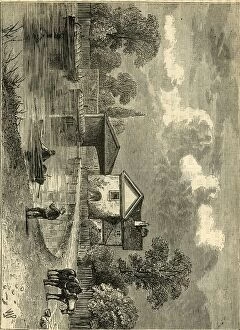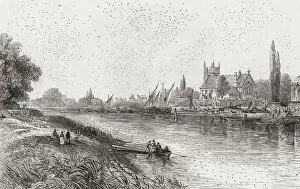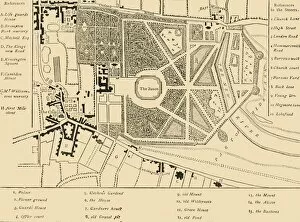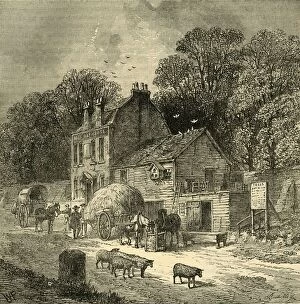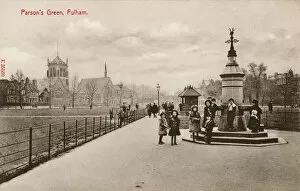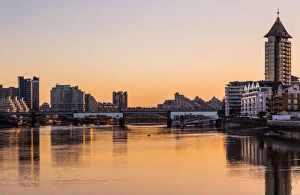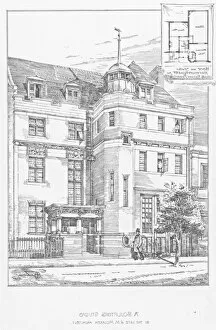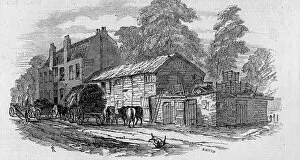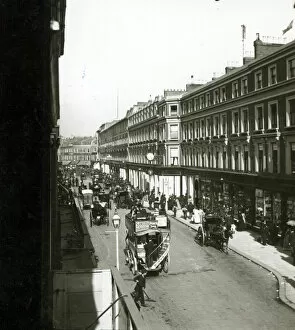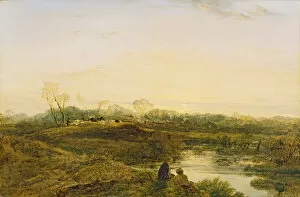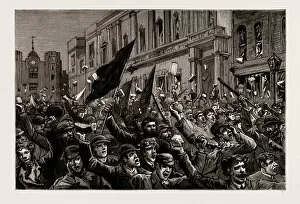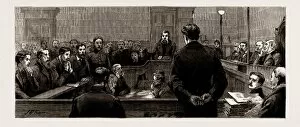West London Collection (#3)
West London is a captivating blend of history, culture, and vibrant energy
For sale as Licensed Images
Choose your image, Select your licence and Download the media
West London is a captivating blend of history, culture, and vibrant energy. From the enchanting streets of Chelsea to the bustling Earls Court Exhibition Centre, there's something for everyone in this dynamic part of the city. Step back in time with a glimpse into 18th-century London and its majestic Thames River. Imagine strolling along its banks, taking in the sights and sounds that have inspired countless artists throughout history. The picture shows Cathy McGowan, presenter of Ready Steady Go. , standing at the door of Biba Boutique. This iconic fashion destination was a hub for trendsetters and fashionistas alike, epitomizing West London's unique style and flair. Travel even further back to 1810 when The Chelsea Bun-House stood as a testament to culinary excellence. Its delectable treats delighted locals and visitors alike, leaving behind an enduring legacy. Fast forward to 1863 when the Underground Railway made its trial trip through West London. This groundbreaking transportation system revolutionized travel within the city, connecting people like never before. During World War II in 1939, West London played an important role in protecting its residents from air raids. Scammel trucks were loaded with Anderson Air Raid Shelters – a reminder of resilience during challenging times. In 1908, Waring's furnishings adorned the Royal Pavilion at the Franco-British Exhibition. Bouquets presented by red-cloaked Irish girls added color and charm to this grand event while illuminations turned White Palaces into a mesmerizing spectacle. As you explore West London today, you'll discover Parsons Green in Fulham – an idyllic spot where tranquility meets urban living. Take a leisurely stroll through its picturesque surroundings or indulge in some retail therapy at nearby boutiques. So whether you're seeking historical landmarks or contemporary delights, West London invites you on an unforgettable journey filled with endless possibilities. Where do you want to go?

